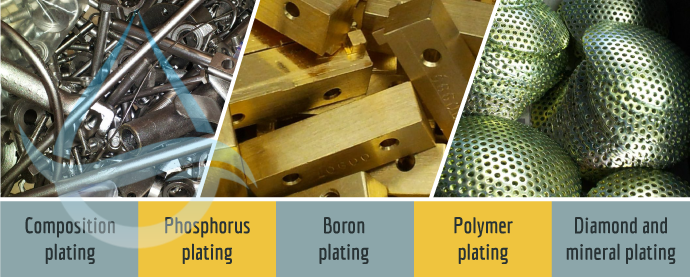
Caustic soda, also known as sodium hydroxide or NaOH, plays a crucial role in the metal plating industry. This highly corrosive substance is used for various purposes, including cleaning and etching metal surfaces, as well as adjusting pH levels in plating baths. In this essay, we will discuss the significance of caustic soda in the metal plating industry, its applications, and the precautions that need to be taken while using it.
cleaning agent
Firstly, caustic soda is widely used in the metal plating industry as a cleaning agent. Metal surfaces often accumulate dirt, grease, and other contaminants, which can hinder the plating process. By using caustic soda, these contaminants can be effectively removed, providing a clean and smooth surface for plating. The highly alkaline nature of caustic soda helps break down organic substances and remove stubborn stains from the metal surface.
Etching process
Secondly, caustic soda is an essential component in the etching process. Etching is a technique used to create intricate patterns and designs on metal surfaces. By immersing the metal in a caustic soda solution, the top layer of the metal is corroded, resulting in a textured surface. This creates aesthetic appeal and improves the adhesion of the plating material to the metal.
Adjusting the pH levels
Another crucial function of caustic soda in metal plating is adjusting the pH levels in plating baths. Plating baths consist of various chemicals and solutions, and maintaining the correct pH level is vital for achieving high-quality plating results. Caustic soda can be used to raise the pH levels in acidic baths, ensuring optimal conditions for the plating process to occur.
See also Caustic soda role with lithium from mining to recycling
Safety first
However, despite its multiple uses, caution must be exercised when handling caustic soda in the metal plating industry. Caustic soda is highly corrosive and can cause severe burns if it comes into contact with the skin or eyes. Protective equipment, such as gloves and goggles, should always be worn, and any spills or splashes should be promptly flushed with water. Additionally, caustic soda should be stored in tightly sealed containers to prevent moisture absorption and should be kept away from incompatible substances.
Furthermore, it is essential to follow proper disposal procedures for caustic soda waste. The alkaline nature of the solution makes it corrosive to the environment and can pose serious threats to aquatic life if not disposed of correctly. Regulatory guidelines and local regulations must be followed strictly to ensure safe and responsible disposal of caustic soda waste.
In conclusion, caustic soda plays a crucial role in the metal plating industry, serving as a cleaning agent, etching solution, and pH adjuster. It is vital to handle this substance with caution due to its highly corrosive nature. Protective equipment should be worn, and proper disposal procedures must be followed to ensure the safety of both workers and the environment. Overall, caustic soda is an integral part of the metal plating process, enabling the production of high-quality, aesthetically pleasing, and durable metal-plated products.
Hossein Moshiri
WA +989124311007
Source: https://chemkraft.ir/en/caustic-soda-in-metal-plating/
